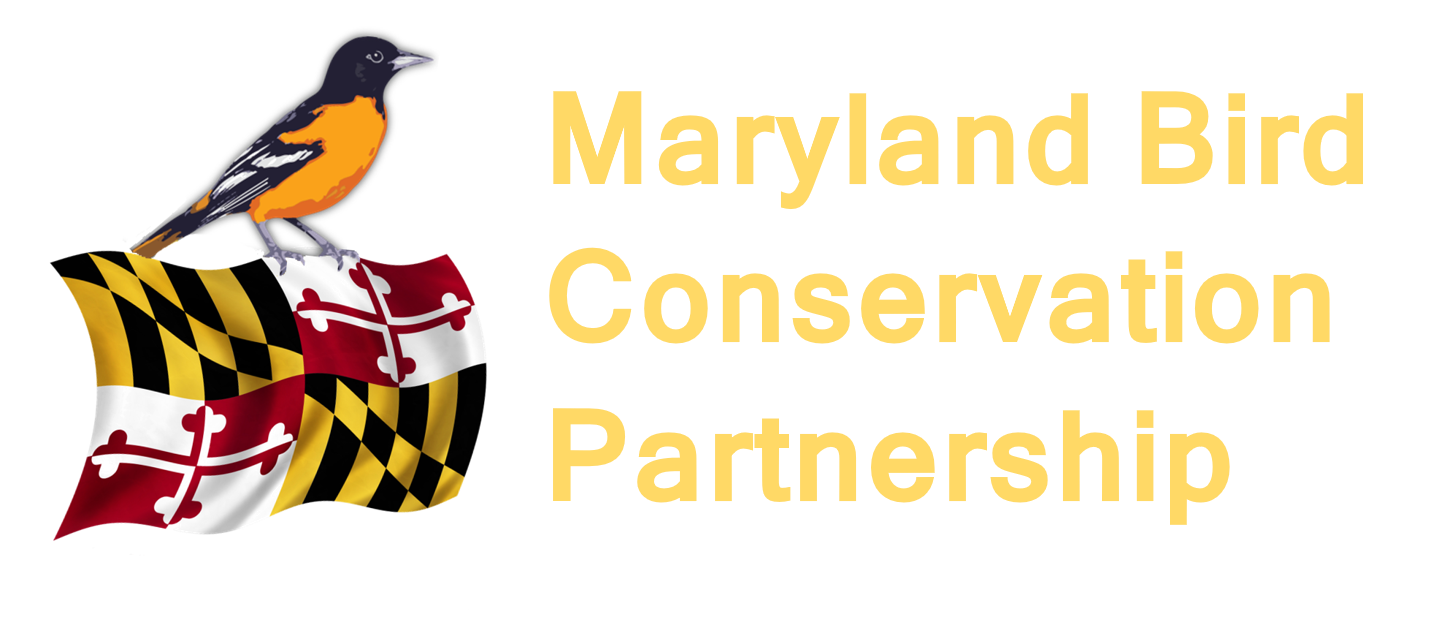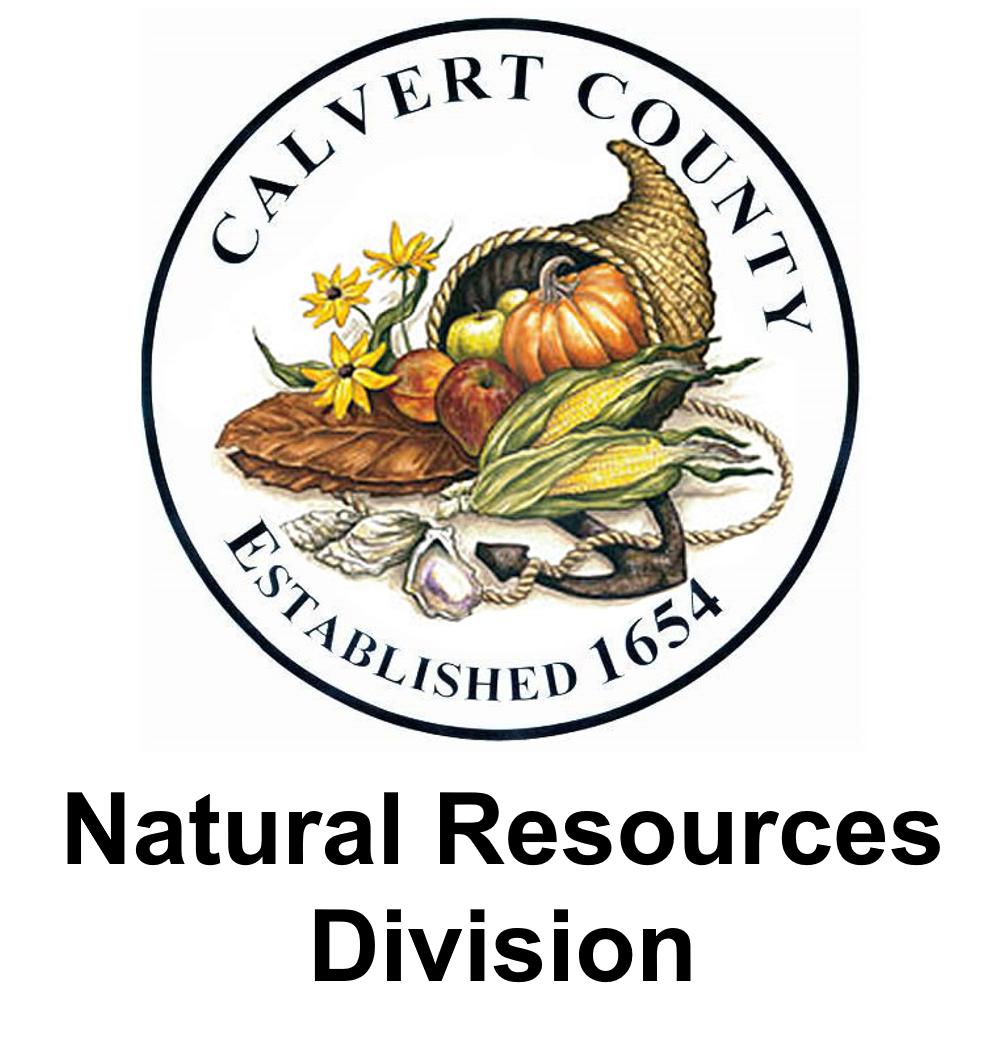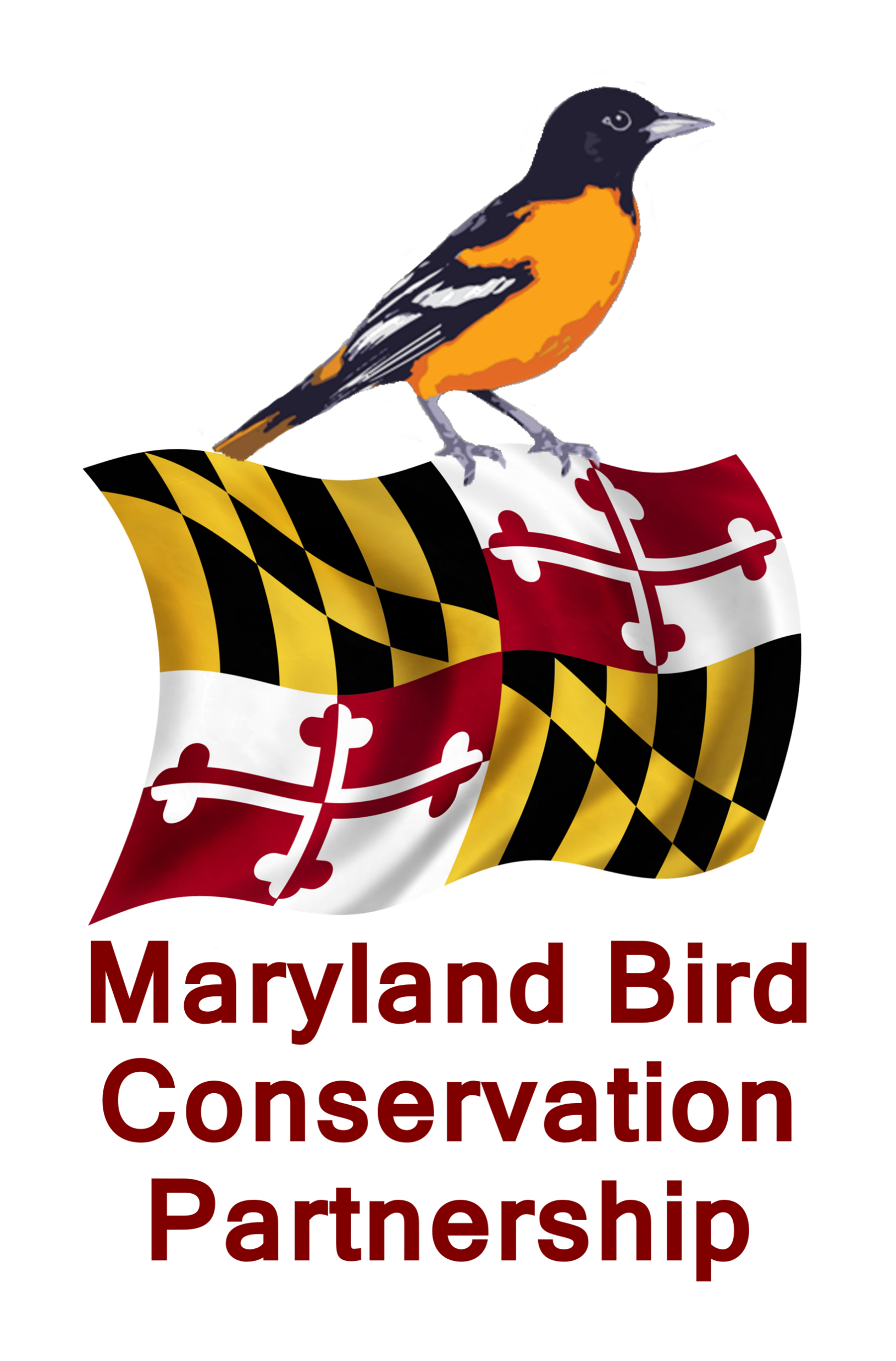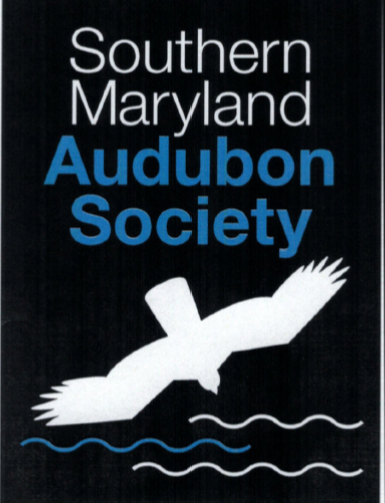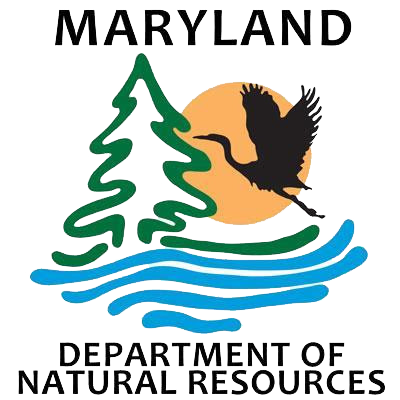Raptors are important indicators of environmental health. Raptors found in agricultural areas—Farmland Raptors—benefit farmers by preying on mice, voles and insects. These species require large areas of grassland or agricultural fields to nest successfully. In Maryland, the Barn Owl (Tyto alba) and American Kestrel (Falco sparverius) are CAVITY nesting species breeding in Maryland that show widespread, long-term declines. The Short-eared Owl (Asio flammeus) and Northern Harrier (Circus hudsonius) are GROUND nesting species. The latter two species are uncommon to rare breeders and occur in Maryland more often during the non-breeding months.
Farmland raptors reduce common pests. The American Kestrel and Barn Owl are a farmer’s friend because they dine on many farm pests, including mice, grasshoppers, and voles. In fact, they can effectively and cheaply contribute to pest management, especially in fields. For example, some grape growers encourage nesting kestrels because they help control or disperse flocks of grape-eating birds that move into vineyards. Attracting farmland raptors will significantly reduce the need for pesticides, which can kill non-target animals in addition to intended rodents. And the sight of a kestrel or Barn Owl hunting in your field adds an element of the wild back into your fields.
The Maryland Bird Conservation Partnership is collaborating with Calvert County Natural Resources Division and Maryland Department of Natural Resources on a Maryland Farmland Raptor Program. The Farmland Raptor Recovery Goal sets the strategic direction to arrest or reverse the decline of Farmland Raptors in Maryland, with the following objectives:
Assess the population – distribution, abundance, trends, and threats
Identify, protect, and restore critical habitats
Increase the availability of nest sites within critical habitats
Public awareness
If sufficient natural nest sites are not available, artificial nesting structures are encouraged. The Program will provide a consistent method of monitoring nests that is consistent with similar efforts in other states.
If you have questions, contact us at farmlandraptors@marylandbirds.org.
A Conservation Partnership of:
